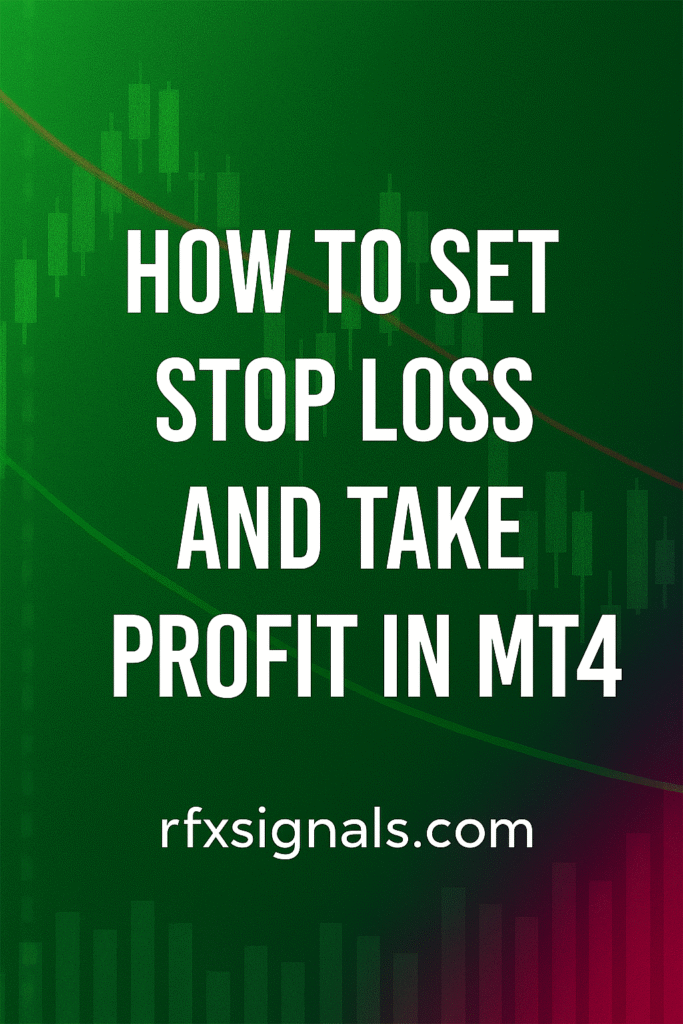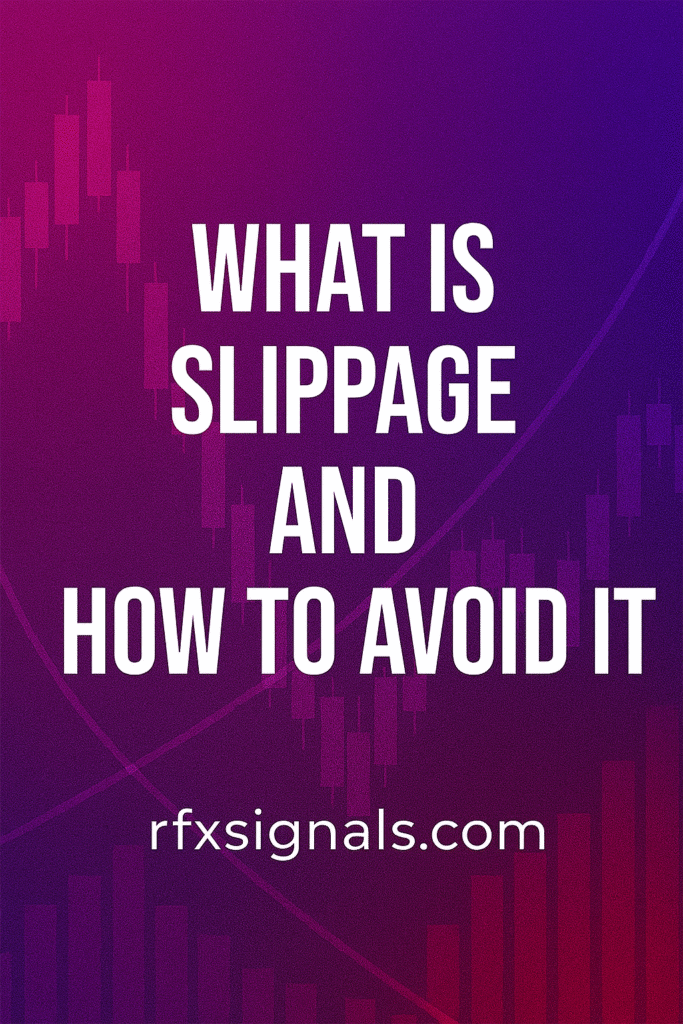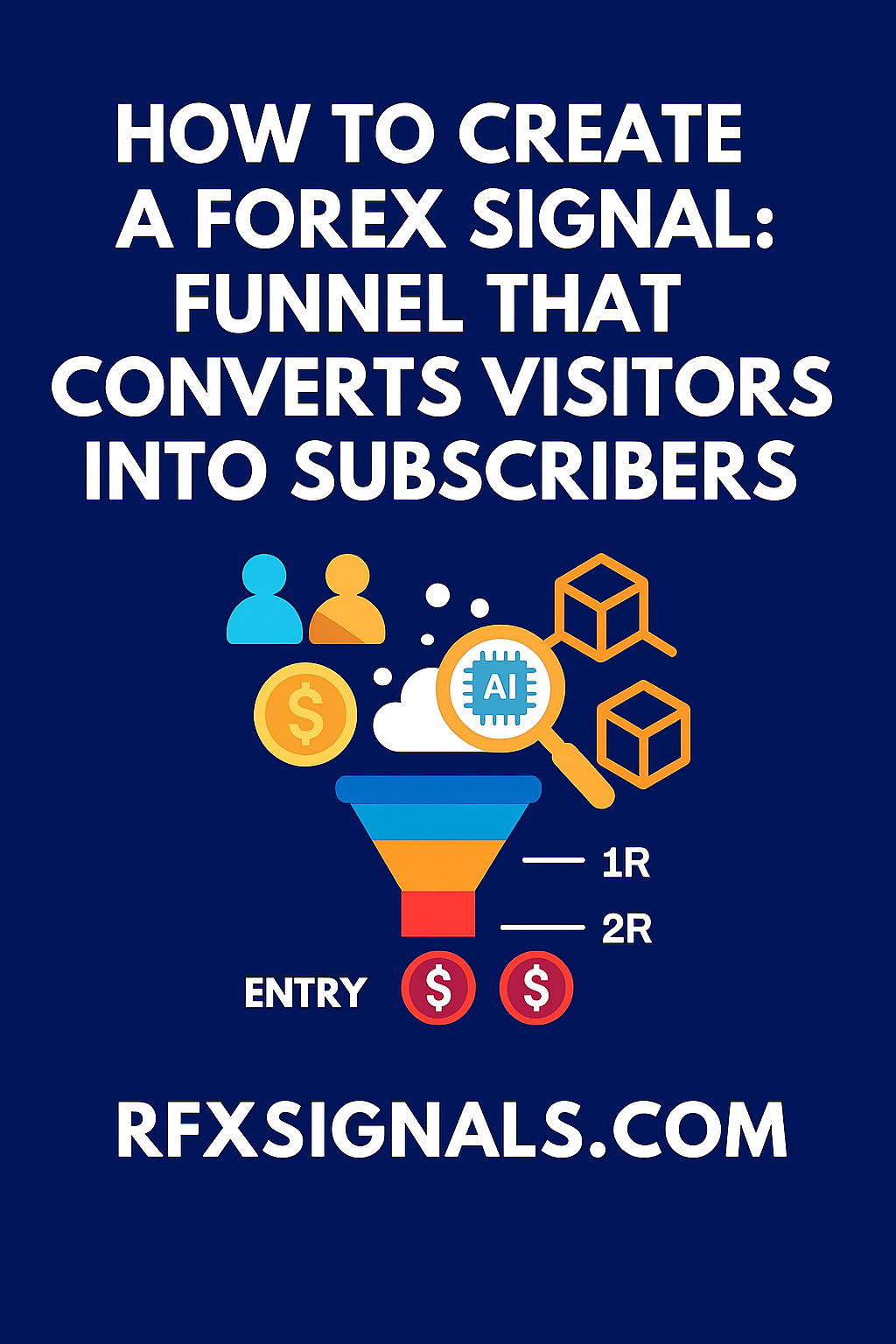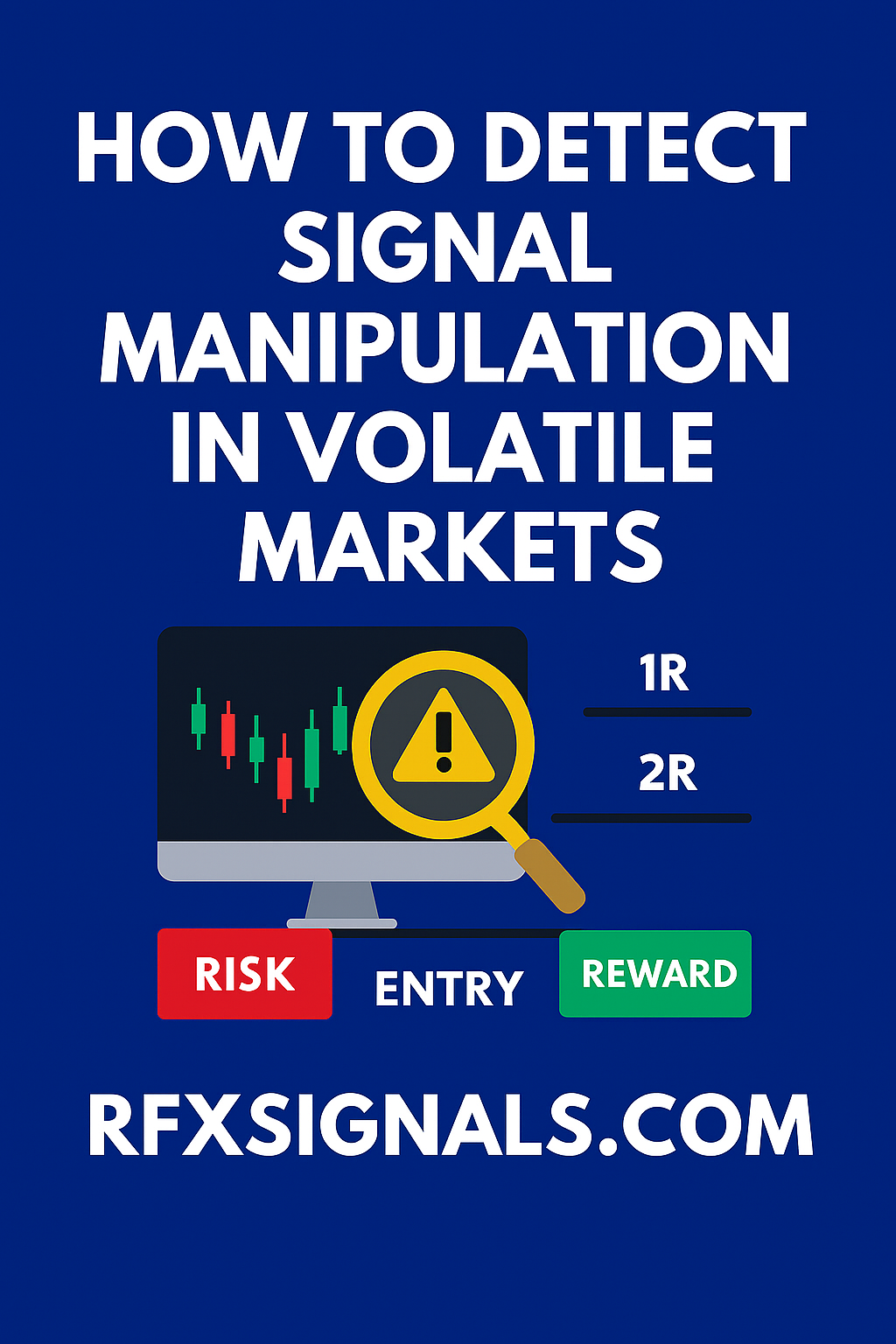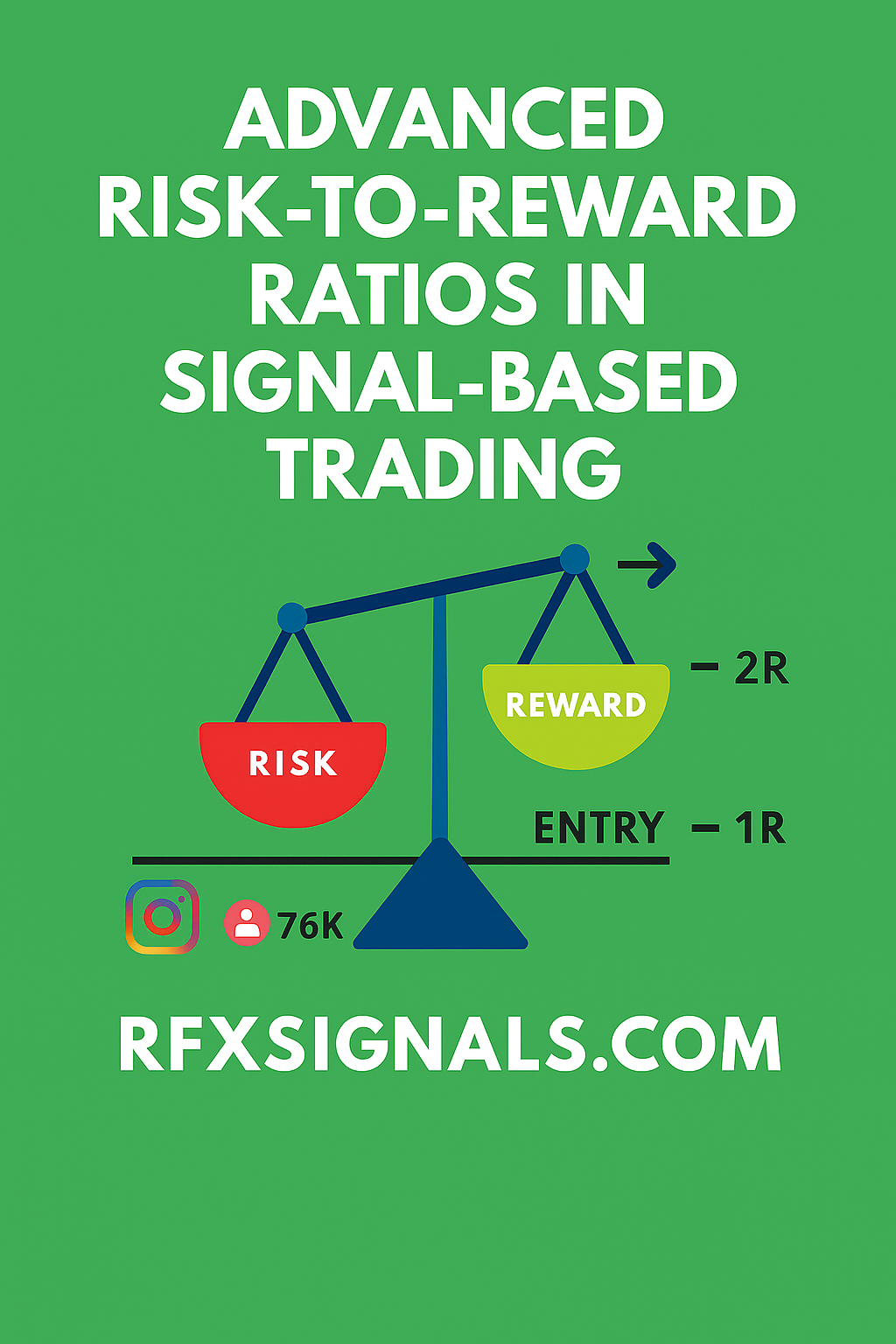
பிப் (Pip) என்றால் என்ன? — தமிழ் வழிகாட்டி
ஃபோரெக்ஸ் வர்த்தகத்தில் "பிப்" என்பது சிறந்த அடிப்படை அளவுகோல். இது ஒரு நாணய ஜோடியின் விலை மாற்றத்தின் மிகச் சிறிய அலகாக செயல்படுகிறது. இந்த கட்டுரையில் நாம் பிப் என்ன, அதன் மதிப்பு எப்படி கணக்கிடுவது, பல உதாரணங்கள், மற்றும் வர்த்தகத்தில் இதைப் பயன்படுத்துவதற்கான நடைமுறை டிப்ஸ் அனைத்தையும் தமிழ் Language-ல் தெளிவாக பார்க்கப் போகிறோம்.
பிப் என்ற சொல்லின் அடிப்படை விளக்கம்
"Pip" என்பதன் முழுப் பெயர் "Percentage in Point" அல்லது "Price Interest Point" என்று சிலர் வர்ணிக்கிறார்கள் — ஆகையால் அது விலையில் ஏற்படும் மிகச் சிறிய மாறுதலை குறிக்கிறது. பெரும்பாலான நாணய ஜோடிகளில் பிப் என்பது நான்காம் தசம இடம் (0.0001) ஆகும். உதாரணமாக EUR/USD 1.1050 → 1.1051 ஆக உயரின் போது அது 1 பிப் உயர்வு ஆகும்.
எதிர்பாராத விதங்களில் வேறுபாடுகள் (JPY போன்ற ஜோடிகள்)
சில ஜோடிகள், குறிப்பாக ஜப்பான் யென் (JPY) அடிப்படையிலான ஜோடிகள், இரண்டு தசம இடங்களில் (0.01) பிப் அளவாகக் குறிப்பிடப்படுகின்றன. உதாரணம்: USD/JPY 110.25 → 110.26 => இது 1 பிப் ஆகும்.
பிப் மதிப்பு (Pip Value) எப்படி கணக்கிடுவர்?
பிப் மதிப்பு என்பது ஒரு பிப் மாற்றம் உங்கள் கணக்குக்கான நாணய மதிப்பில் எவ்வளவு பணம் என்று குறிப்பிடும். இது உங்கள் லாட் சைஸ் மற்றும் ஜோடிக்கு ஏற்ப மாறும். அடிப்படை சூத்திரம் — சராசரி எண்ணிக்கையாக:
Pip Value = (0.0001 / Current Exchange Rate) × Lot Size × Contract Size
பொதுவாக стандарт lot = 100,000 base units. மிக எளிதான உதாரணம் கீழே:
உதாரணம் 1 — EUR/USD
நீங்கள் 1 standard lot (100,000 EUR) வெளியாக EUR/USD 1.1000 இல் கொண்டிருந்தீர்கள். 1 பிப் (0.0001) மாற்றம் = 0.0001 × 100,000 = 10 USD. அதாவது ஒவ்வொரு பிப் மாற்றத்திற்கும் $10 ஆகும்.
உதாரணம் 2 — USD/INR (INR கணக்கில்)
இந்திய டிரேடருக்கு உதவியாக, USD/INR போல ஒரு ஜோடியில் பிப் மதிப்பு ரூபாயில் எப்படி இருக்கும் என்பதை தெரிந்து கொள்வோம். فرضித்தல்: USD/INR = 83.5000. ஒரு இலவச standard lot = 100,000 USD என்று எடுத்தால், 1 பிப் (0.01 அல்லது 0.0001? ) — INR ஜோடிகளின் decimals broker ஒவ்வொரு முறையும் வேறுபடலாம்; பொதுவாக USD/INR இல் 0.0001 என்பது 0.0001 × 100,000 = 10 USD ≈ 835 INR (உதாரணம் மட்டும்). ஆனால் நீங்கள் சிறிது கவனமாக, broker தரவின் அடிப்படையில் pip definition-ஐ சரிபார்க்கவேண்டும்.
லைவ் கணக்கீட்டு டிப்ஸ் — உங்கள் கணக்கிற்காக மதிப்பு (Practical)
- உங்கள் broker-ன் contract specifications (pip definition & contract size) ஐ சரிபார்க்கவும்.
- நீங்கள் micro lot (0.01) அல்லது mini lot (0.1) பயன்படுத்தினால் பிப் மதிப்பு இவை proportionally குறையும்.
- உங்கள் கணணியில் பிப் மதிப்பை தானாகக் கணக்கிடும் சிறிய calculator (spreadsheet அல்லது ஆப்லைன் tool) வைத்துக்கொள்ளுங்கள்.
பிப்-அனைத்து பயன்படுத்துவதன் பயன் — நிதி நிர்வாகம், லைவ் ஆப்டர்
பிப் அமைப்பை புரிந்துகொள்வது position sizing, stop-loss மற்றும் take-profit அமைப்பிற்கு அவசியம். நீங்கள் எவ்வளவு ரிஸ்க் (உதாரணம்: 1% account) எடுத்தால், அந்த ரிஸ்கை பிப்-ஆக எப்படி மாற்றுவது என்பது முக்கியம் — அதை வைத்து lot size தீர்மானிக்கலாம்.
வணிக உதாரணம் — SL மற்றும் TP அமைப்பு
நீங்கள் EUR/USD இல் 50 பிப் Stop Loss யுடன் position எடுத்தீர்கள் என்று வைத்துக்கொள்ளலாம். ஒவ்வொரு பிப் மதிப்பும் $1 ஆக இருந்தால் (micro lot பொதுவாக), மொத்த ரிஸ்க் = $50. இதை உங்கள் risk-percentage விதியுடன் ஒப்பிட்டு lot தேர்வு செய்யவும்.
பிப்ஸ், பிப்ஸ்கள் மற்றும் பிபெட்டுகள் (Pips, Pips & Pipettes)
சில பிளாட்ஃபாரங்கள் pip இன் fractional பகுதியாக pipette (1/10 of a pip) ஐ காட்டுகின்றன. உதாரணம்: EUR/USD 1.10503 — இங்கு 3 означает pipettes. இது சிறு ஸ்கால்பிங் போன்ற போது நுணுக்கமான execution க்கு பயனுள்ளதாக இருக்கும்.
FAQ — சாதாரண கேள்விகள்
1. எல்லா ஜோடிக்கும்தான் பிப் மாற்றமா ஒரே மாதிரி இருக்கும்?
இல்லை. JPY என்றோ சில exotics என்றோ decimals வேறுபடும் — broker documentation-ஐப் பார்க்க வேண்டும்.
2. இண்டியா based trader-க்கு பிப் முக்கியமா?
மிகவும். குறிப்பாக USD/INR, EUR/INR போன்ற ஜோடிகளில் pip மாற்றம் நேரடி ரூபாய் மதிப்பை பாதிக்கிறது — அதனால் position sizing மற்றும் risk control இங்கே முக்கியம்.
SEO-friendly internal & external linking strategy
இந்த பதிவை உங்கள் வலைத்தளத்திலுள்ள தொடர்புடைய கட்டுரைகளுடன் இணைக்கவும் மற்றும் அதிகாரப்பூர்வ வெளியீடுகளுக்கு வெளிச்சம் விடவும்:
- ஃபோரெக்ஸ் என்ன? (முழு கையேடு) (உள்ளக இணைப்பு)
- Position Sizing & Risk Management (உள்ளக இணைப்பு)
- Reserve Bank of India (பார்வை வெளி)
சுருக்கம் — முக்கிய takeaways
- பிப் என்பது Forex-இல் விலையில் மிகச் சிறிய மாற்றம் — பெரும்பாலும் 0.0001 (அல்லது JPY க்கு 0.01).
- பிப் மதிப்பு lot size, pair, மற்றும் account currency அடிப்படையில் மாறும்.
- பிப்-ஐ புரிந்துகொள்வது risk management மற்றும் சரியான lot-sizing-க்கு முக்கியம்.
சில உதவிகள் வேண்டும்? உங்கள் கணக்கிற்கு ஏற்ப pip-value spreadsheet அல்லது quick calculator வேண்டுமா?
Pip Calculator கேட்கவும் (WhatsApp)
